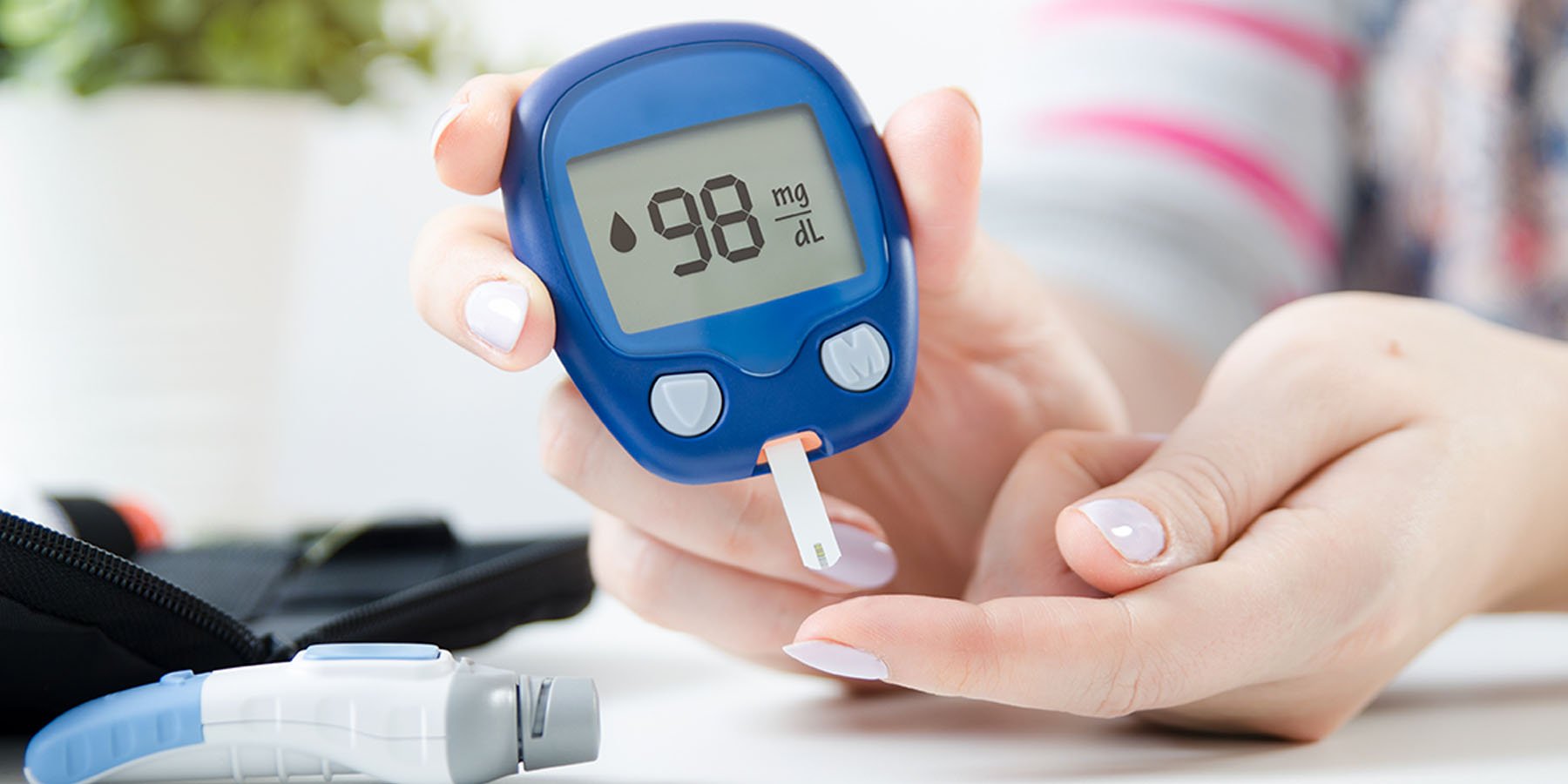diabetes noun
di·a·be·tes
Definition of diabetes
: a chronic (long-lasting) health condition that affects how your body turns food into energy.1
November is American Diabetes Month and now more than ever it is important to know how to effectively manage diabetes. Keep reading to learn more about the condition that affects one in 10 Americans and how to potentially reverse prediabetes.
Diabetes Statistics in the U.S.2
- 34.2 million Americans are afflicted with diabetes.
- 88 million American adults have prediabetes.
- New diagnosed cases of type 1 and type 2 diabetes have greatly increased among U.S. youth.
- Among adults with diabetes:
- New cases significantly decreased from 2008 through 2018.
- 15% were smokers, 89% were overweight, 38% were physically inactive, and 37% had chronic kidney disease (stages one through four).
Knowing the Warning Signs
One in three Americans have prediabetes and will often develop type 2 diabetes within five years if they do not receive an early diagnosis and seek treatment. The early signs and symptoms of type 2 diabetes may include, but are not limited to:3
- Increased urination
- The kidneys will try to remove excess sugar to keep blood sugar levels down, which may lead to more frequent urination, especially at night.
- Frequent thirst
- Due to increased urination, the body may lose additional water and may cause dehydration.
- Feeling lethargic
- Fatigue may result from a surplus of sugar in the bloodstream that stays there instead of being utilized by cells in the body.
- Constant hunger
- People with diabetes generally have excess sugar in their bloodstream and not enough of it moves to the body’s cells, which causes them to not receive adequate energy from their food intake.
- Blurry vision
- Excess blood sugar may damage tiny blood vessels in the eye, which can cause permanent vision loss if not treated.
How to Prevent Type 2 Diabetes
While there is no prevention for type 1 diabetes, there are modifications people can make to their lifestyle to prevent type 2 diabetes:
- Maintain a healthy weight.
- Exercise regularly.
- 30 minutes a day, five days a week.
- Eat a healthy diet.
- Apples, yogurt, legumes, berries, and brown rice have all been known to prevent the disease.4
- Find ways to manage stress.
- Do not smoke or use tobacco products.
- Practice medication adherence.
Keep Your Diabetes in Check with National CooperativeRx and CVS Health
Adults who suffer from diabetes are twice as likely to die from cardiovascular disease as people without the disease. To help lower that risk, it is important to regularly monitor your A1C, which measures your average blood sugar level over a three-month period.
CVS Health offers A1C testing at its MinuteClinic® locations. MinuteClinic® providers can administer diabetes screenings, recommend treatment plans, and help monitor the condition of patients 18 years or older between visits to their primary care provider. Find a location near you today and start taking control of your diabetes!
National CooperativeRx plan participants with diabetes can also request a free blood glucose monitor from CVS Health to easily track fluctuations in their blood glucose level, a key factor in managing the disease.




